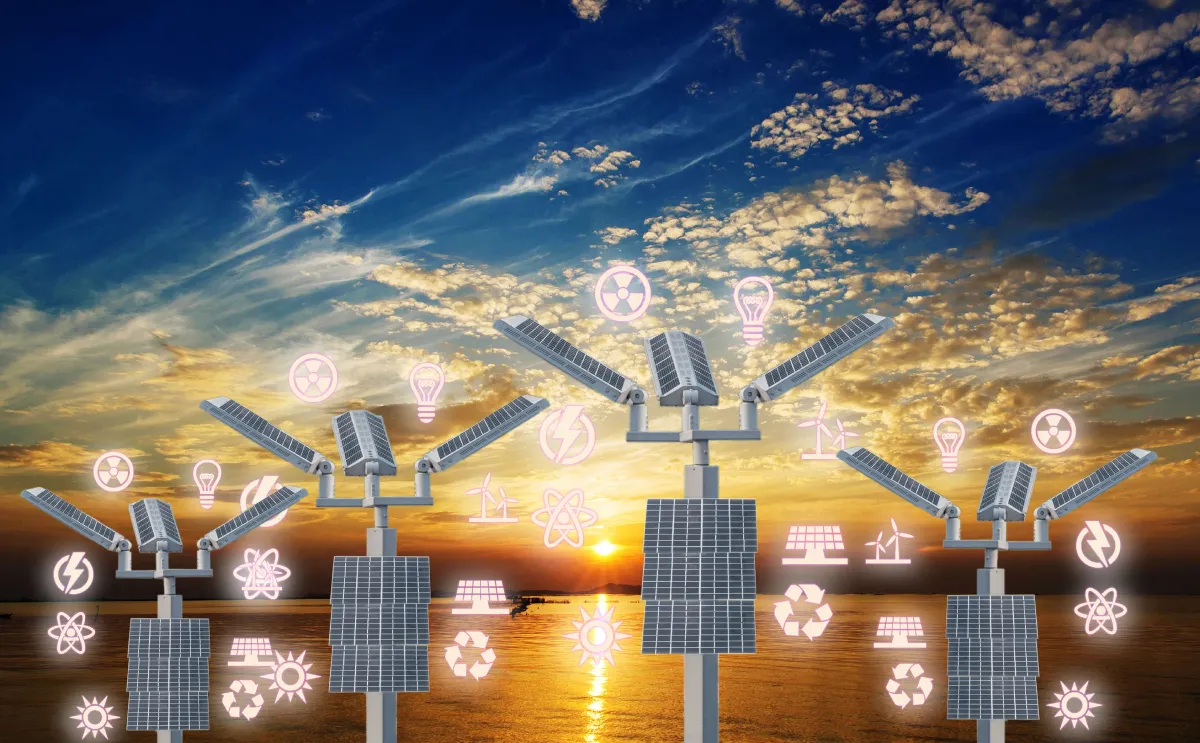Powering Tomorrow: Tech Innovations Transforming Solar Power Generators
Picture sunlight being officially your backup battery, a silent guardian keeping your gadgets humming when the grid blinks out. That’s the role of the solar power generator a marvel of modern tech that blends photovoltaic wisdom, smart energy controls, and rapid scalability. Far beyond a product, it’s a micro-smart-grid in a compact footprint.
In this article, we’ll demystify how these generators work, explore cutting-edge technology inside them, examine market growth with real-world data and case studies, and guide readers to take action (hint: explore options on the solar power generator collection to start recharging life, anywhere).
The Tech Skeleton Behind Today’s Generators
Photovoltaic Core & Energy Storage Brains
At the heart lies photovoltaic panels that convert photons to electricity the first spark. Then, lithium-based cells (often LiFePO4) store energy, boasting 3,000+ cycles and robust safety. The whole system is overseen by a Battery Management System (BMS), which monitors voltage, temperature, charge/discharge health, and prevents overload. Think of it as the brain keeping the battery in top form.
Smart Inversion & Power Handling
Next up: to power your devices, DC is transformed into AC via a pure sine-wave inverter, efficient, clean, and consumer-ready. The inverters not only reduce interference but also make these systems compatible with sensitive electronics.
Integrated Solar Tracking & MPPT
Efficiency isn’t just hardware, it’s software too. Maximum Power Point Tracking (MPPT) enables the panels to always work at peak efficiency, even when clouds roll in. Some systems also feature tilt or tracking controls, quasi-smart routines that adjust solar panels slightly for optimal sunlight absorption throughout the day.
Status, Control & Automation Features
Many units now include app-controlled dashboards (Wi-Fi or Bluetooth), real-time usage stats, over-the-air firmware updates, and customizable alerts. Want to know if your generator’s battery is full at midnight? There’s an app for that.
Market Momentum: Data Showing a Bright Future
The solar generator market is growing at a healthy clip because tech meets necessity.
| Source | Insight |
| Fortune Business Insights | Market valued at $591M in 2024; projected to reach $1.02B by 2032; CAGR ~7.03%. |
| IMARC Group | Forecast to hit $1.21B by 2033 with 7.55% CAGR. |
| GM Insights | Residential segment valued at $465.3 in 2024; expected to reach $1.26B by 2034. |
This clearly indicates that both business demand and consumer appetite for clean, resilient portable energy solutions are on a strong upward trajectory.
Real-World Evidence: Case Studies That Spark Action
- Husk Power Systems deploys modular mini-grids in India and Nigeria, using solar with BMS and pay-as-you-go apps to save users ~30% on energy bills compared to diesel generation systems.
- The Natural Bridges National Monument in Utah launched a 100 kW solar system (circa 1980), now still powered by solar and batteries, saving $30,000 annually and slashing CO₂, NOₓ, SO₂, and CO emissions.
- Hybrid offshore platforms combining solar and generator systems show improved efficiency and reduced emissions compared to fossil-only setups, pointing to transitional applications of this tech.
Why This Tech Stands Out (and Converts)
Key reasons why solar power generators are becoming a modern must-have:
- Energy Independence gives users control even in blackout zones or remote locations.
- Eco-Friendly emissions-free, whisper-quiet power for modern lives.
- Scalable & Portable, these units can be mobile, modular, or meant for permanent setups.
- Smart Integrations supports home automation systems, real-time monitoring, and remote control.
- Durable & Safe LiFePO4 lifespans, smart BMS protection, and clean inversion ensure reliability.
How to Evaluate or Select a Generator
- Determine Your Load Needs: What devices do you plan to run? Sum their watts and match to the generator capacity.
- Check Recharging Options: Solar, AC wall plug, car input, or hybrid? Flexible charging adds reliability.
- Assess Battery Type LiFePO4 vs Li-ion balance cost, lifespan, and weight.
- Smart Features: Want an app, OTA updates, or monitoring?
- Certifications & Safety UL, CE, and IEC ratings mean a safer, better-built system.
- Portability: Size, weight, handles, or wheels, especially if you plan on moving it often.
Tech-Driven Enhancements to Expect
- Modular Expansion Stackable external batteries enabling on-the-fly increases to capacity.
- Vehicle-to-Load (V2L) Using electric vehicles as big, mobile power banks.
- AI Energy Forecasting Smart systems learn usage patterns to optimize battery heat and solar charging cycles.
- Grid Harmony Features: Some systems may soon allow refeeding solar back to the grid or function within microgrids.
Steps Ahead: From Tech Curiosity to Action
- Visit the solar power generator collection page, browse models with smart, modular, and solar-friendly tech.
- Match capacity to your typical energy needs, and consider future growth.
- Check charging options, solar integration or AC fast charge?
- Prioritize smart features, monitor, maintain, and manage from your phone.
- Take advantage of installation guides, buyer’s tips, or support to ensure smooth adoption.
FAQs on Solar Technology You’ll Actually Need
Q1: Can these systems power a refrigerator during an outage?
Many midsize units (2/3 kWh range) can run typical fridges for several hours. Combine with solar and run-time increases.
Q2: Do they work in cloudy conditions?
Yes. While output dips, stored energy maintains operation; MPPT helps maximize efficiency even in low light.
Q3: How long do these systems last?
High-quality LiFePO4 batteries often last 3,000–5,000 cycles, equating to years of reliable daily use.
Q4: Are they quiet?
Yes, virtually silent compared to gas generators. Just minor fan hum if applicable.
Q5: Maintenance needs?
Minimal cleaning of panels and exercise the battery quarterly. Most systems include self-diagnostics.

Leave a Reply